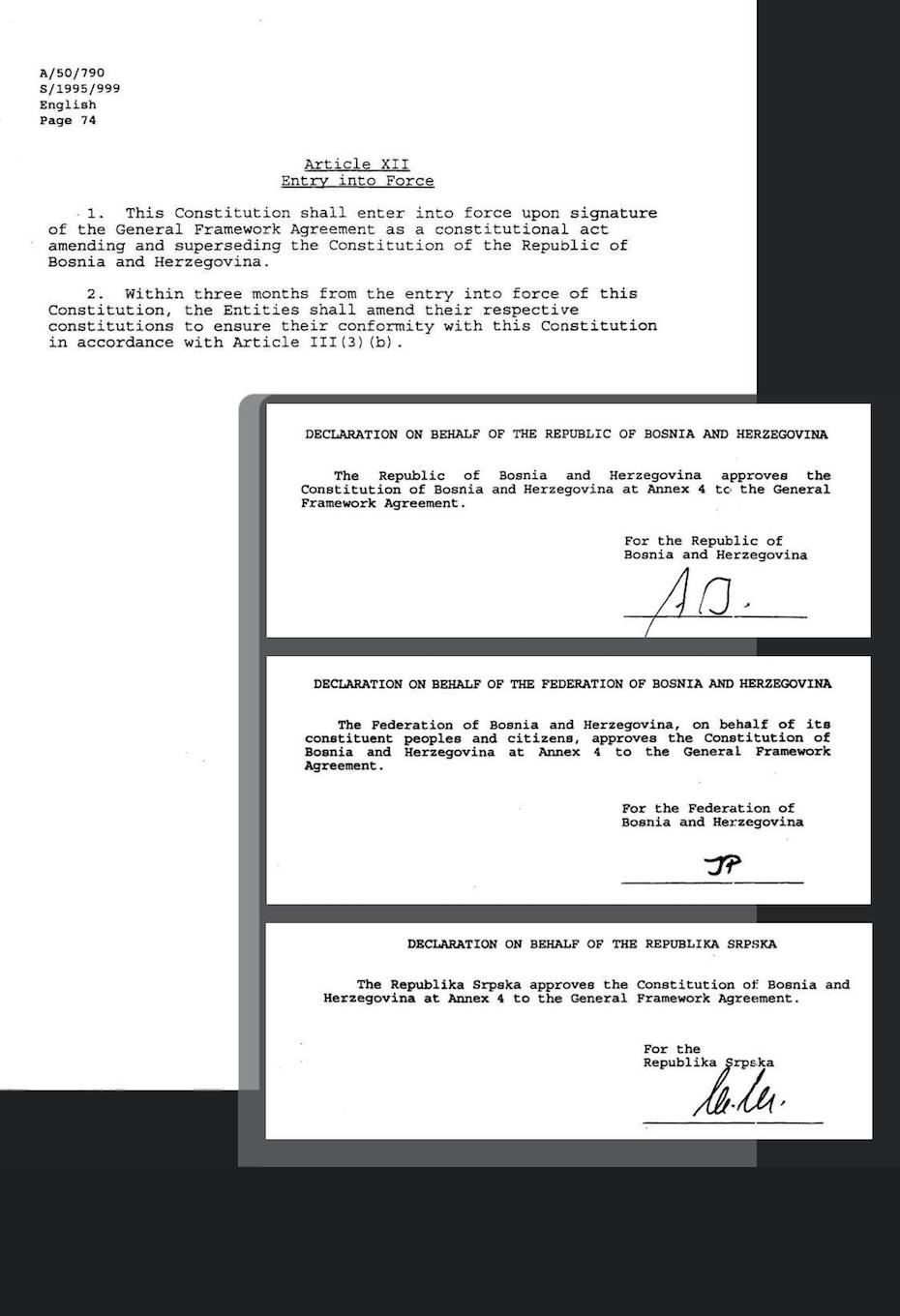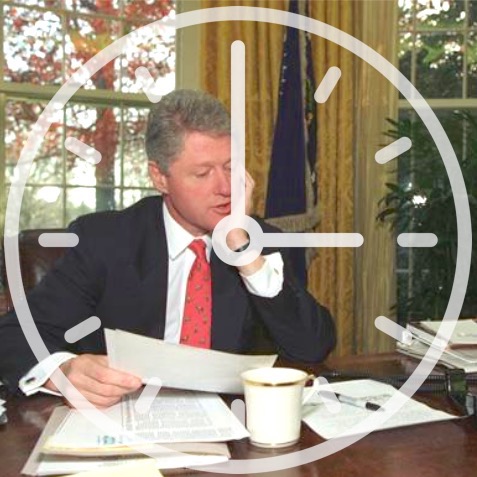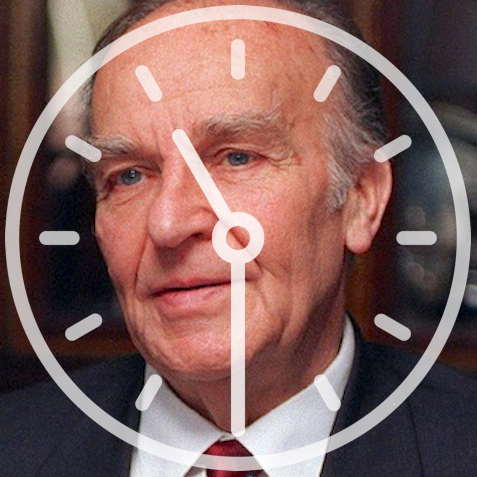The hopes of Europe turn to an unlikely place
Wright-Patterson AFB is one of the leading air bases in the world, and the largest single-site employer in Ohio, with an economic impact on the region of over $4 billion a year. That didn’t necessarily mean they could host a summit of world leaders at a moment’s notice!
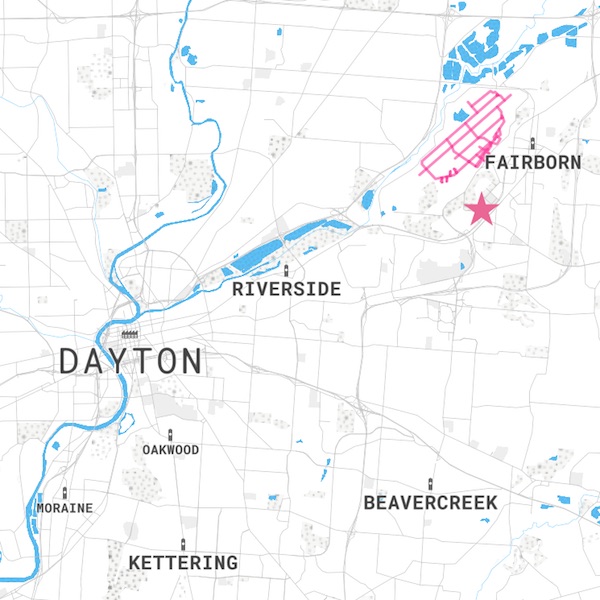
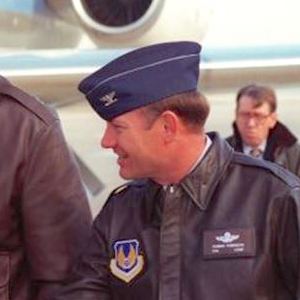
Col. Garald K. “Robbie” Robinson, 88th Air Base Wing Commander at that time, had only two weeks to prepare. The base could spare a venue for the meeting, the Hope Hotel, which was conveniently a short walk from the Visiting Officers Quarters (VOQ). The VOQ were five identical buildings that allowed each country to have exactly equal, private accommodations, but still close enough to meet for spontaneous side-talks. Col. Robinson asked for a path to be constructed so his visitors could easily move between the buildings. That curved concrete walkway is now known as The Peace Walk:
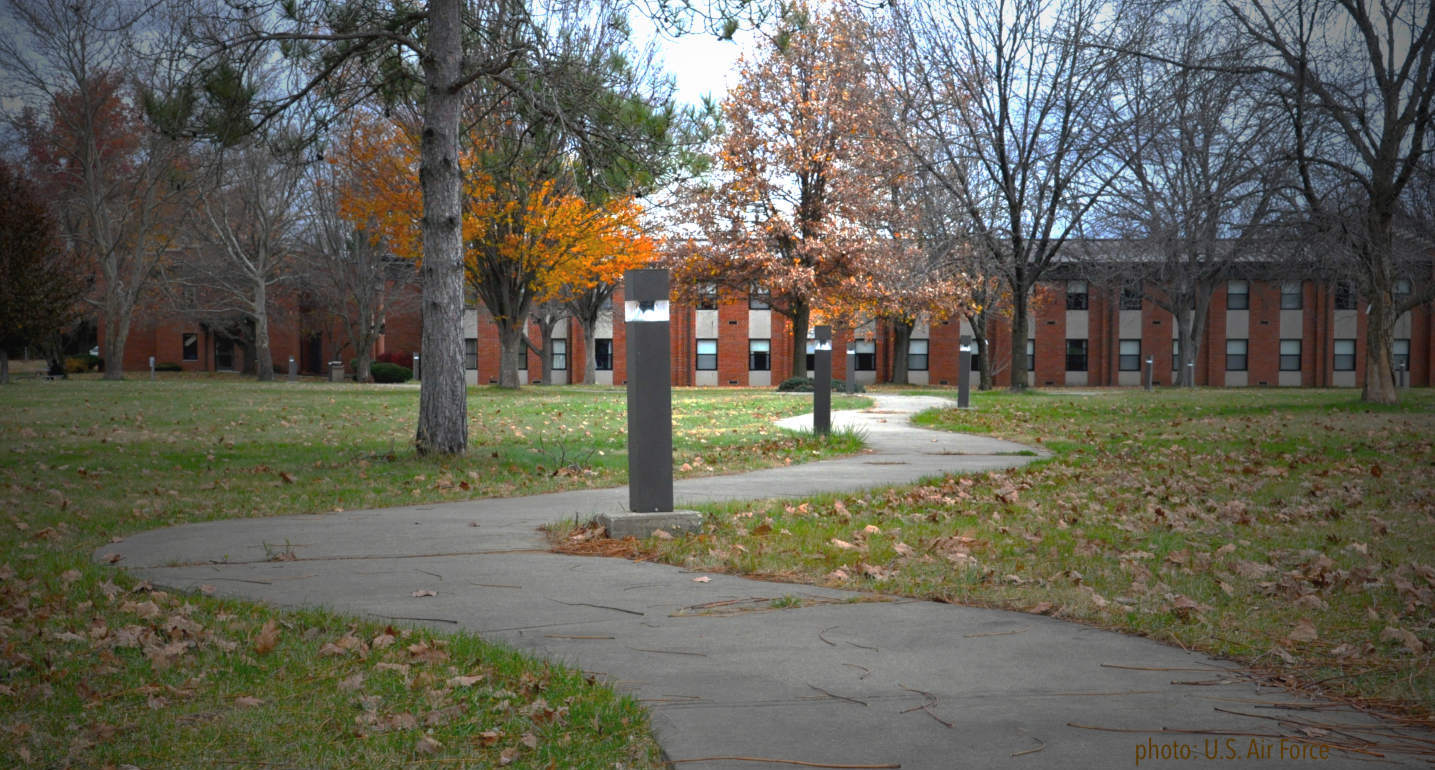
Above images: courtesy of US Air Force
In addition to the thousands of Dayton servicemembers who created the “perfect negotiating environment,” there were many who helped create a city of peacemaking.
Whether it was providing hospitality at the Hope Hotel, or hosting the dignitaries at important dinners and a symphony, holding vigils at the gates of Wright-Patterson, or simply praying quietly... Daytonians gave their hearts to help the leaders of Eastern Europe to find their way to a peaceful solution and stop the loss of more innocent lives.
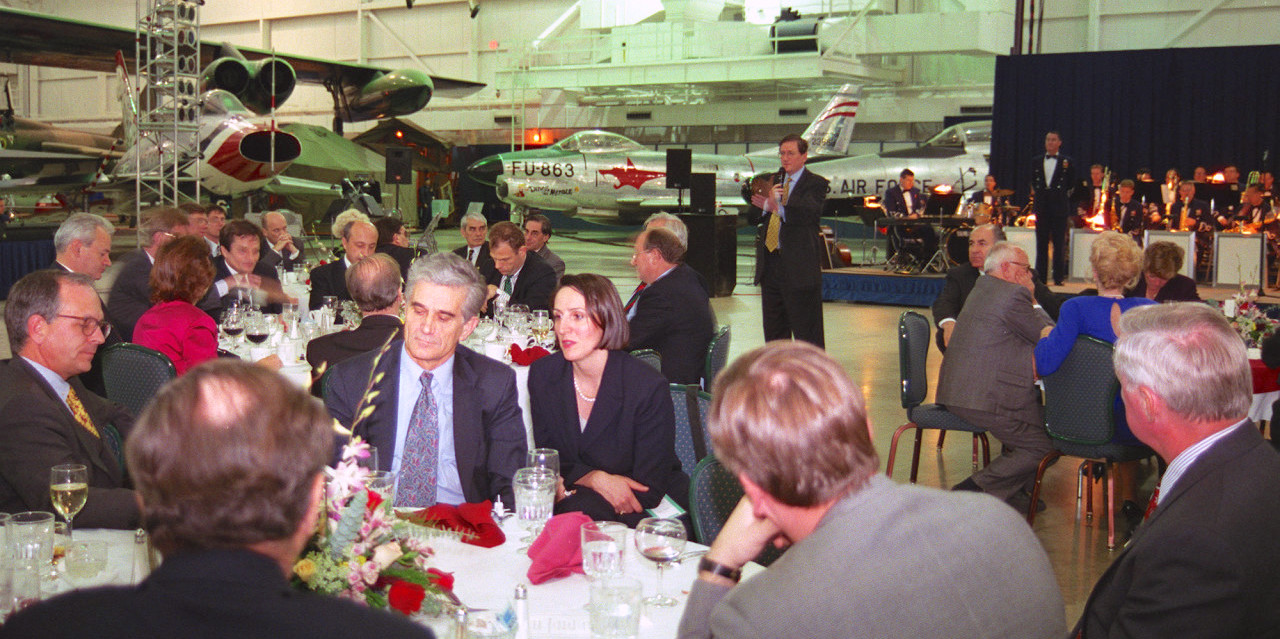
Dinner reception for foreign leaders at the USAF Museum. Photographer unknown.
Used under the principle of Fair Use for an educational purpose
Dayton, Ohio, hosted a fundamental shift in international mediation. It was here that the warring parties chose dialogue and reason over more violence and destruction.









